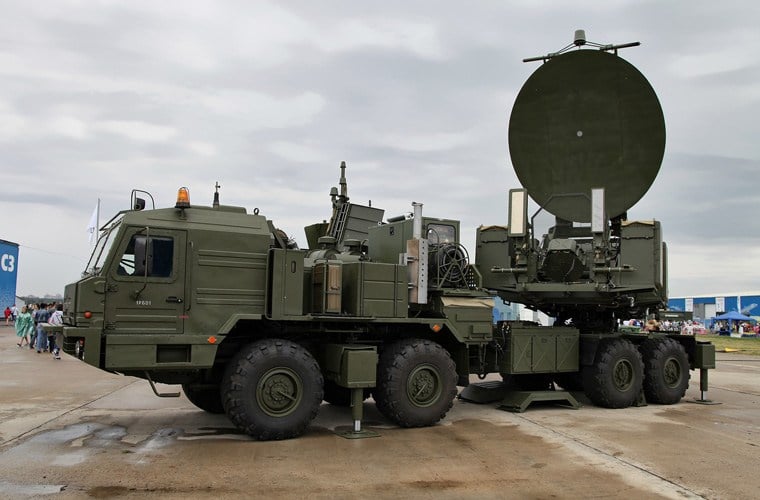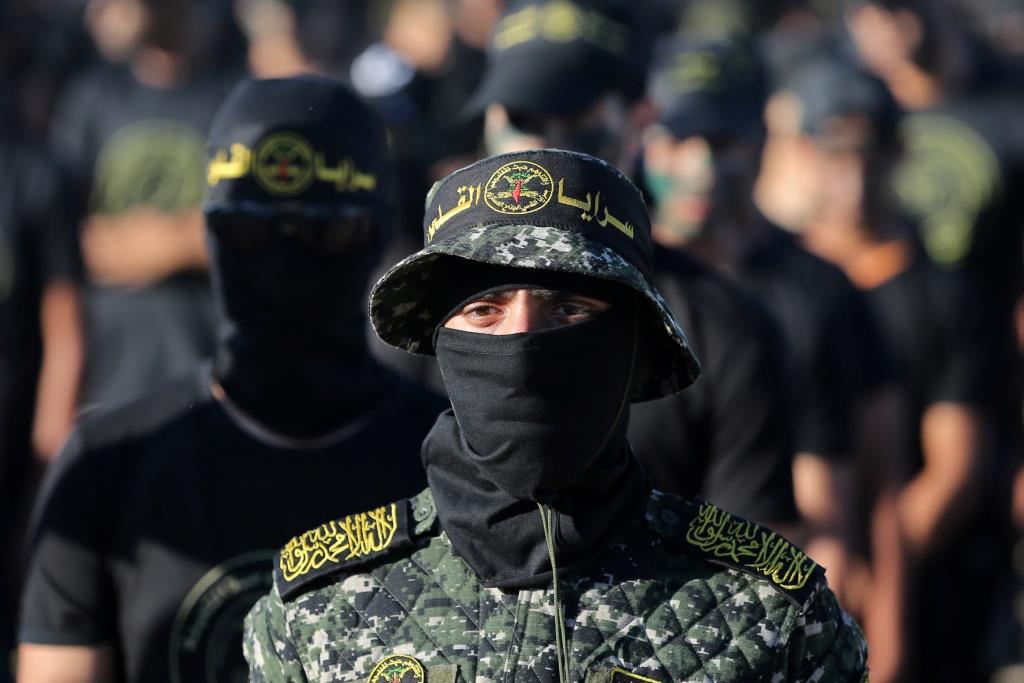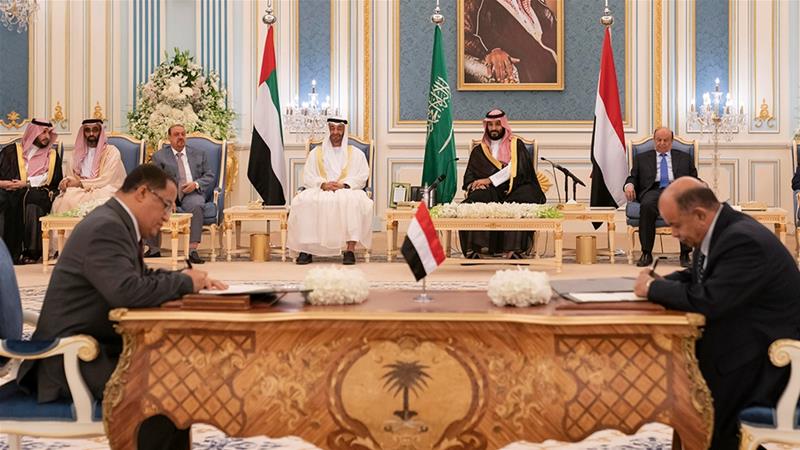 When PM Narendra Modi and Chinese President Xi Jinping met in Mamallapuram last week, they had another shy at a question that has been confronting Indian policymakers for over a decade now: should India have a free trade pact with China?
When PM Narendra Modi and Chinese President Xi Jinping met in Mamallapuram last week, they had another shy at a question that has been confronting Indian policymakers for over a decade now: should India have a free trade pact with China?
Ten years ago, the question was whether India and China should sign a bilateral free trade agreement (FTA). Today, it is whether India should join the Regional Comprehensive Economic Partnership (RCEP), a proposed trading bloc that brings together 16 countries of the Indo-Pacific region, minus Donald Trump’s United States, that not only constitute almost half the world’s population, but also over 40 per cent of international trade.
Joining the RCEP would effectively mean a free trade arrangement with China because if the members of the bloc agree to eliminate tariffs on imports from other member countries, Chinese goods will enjoy unrestricted entry to the Indian market, and, in theory, vice versa. However, China makes for a highly asymmetric member in the proposed bloc due to the acute export-focus of the Chinese economy, and the loss of the US markets as a result of the trade war.





















/arc-anglerfish-arc2-prod-mco.s3.amazonaws.com/public/VTJLKNB4ZJCZVPT5ZUX7WNLATU.jpg)